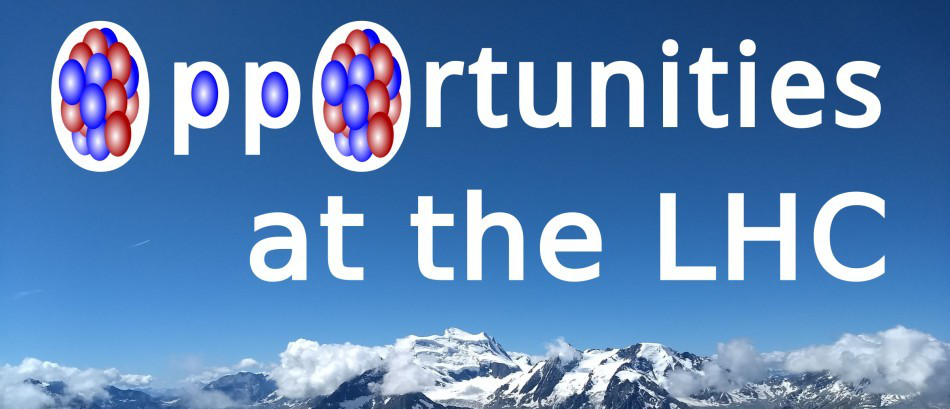Speaker
Description
Under the assumption that a quark-gluon plasma droplet is produced and its evolution can be described by hydrodynamics in p + A collisions, $\gamma$-triggered hadron spectra \cite{Wang:1996yh, Zhang:2009rn} are studied within a next-to-leading-order perturbative QCD parton model with the medium-modified parton fragmentation functions. The initial conditions and space-time evolution of the small QGP droplet are provided by the superSONIC hydrodynamic model \cite{Weller:2017tsr} simulations and parton energy loss in such a medium is described by the high-twist (HT) approach \cite{Wang:2009qb}. The range of scaled jet transport coefficient $\hat{q}_0/T_0^3$ in this HT approach is extracted from single hadron suppression in A + A collisions with similar initial medium temperature as in p + A collisions. Numerical results for this scenario show that $\gamma$-hadron spectra at $p_{\rm T}^\gamma=12-40$ GeV/$c$ are suppressed by 5 $-$ 15\% in the most central 0 - 10\% p + Pb collisions at $\sqrt{s_{\rm NN}}=5.02$ TeV. The suppression becomes weaker at higher transverse momentum of the $\gamma$ trigger. As a comparison, $\gamma$-hadron suppression in Pb + Pb collisions at $\sqrt{s_{\rm NN}}=2.76$ and 5.02 TeV is also predicted.
